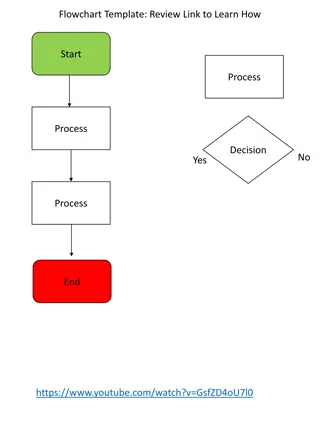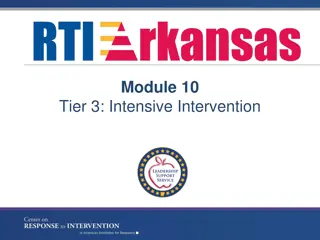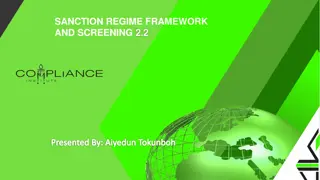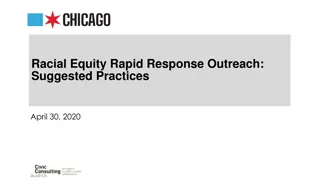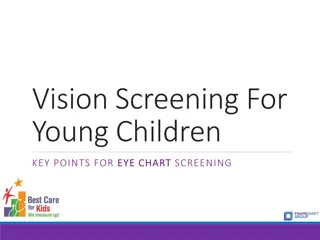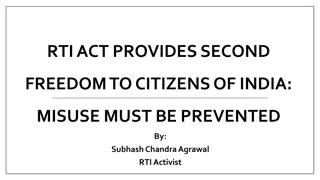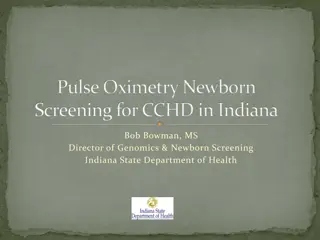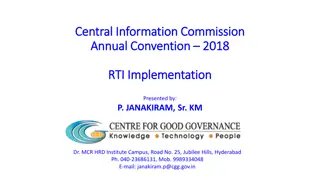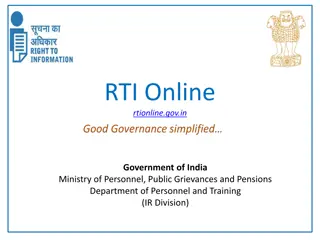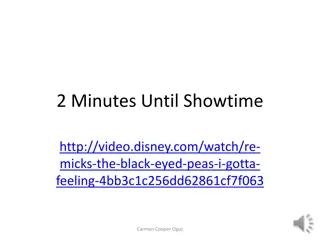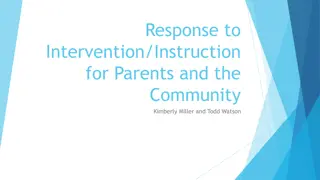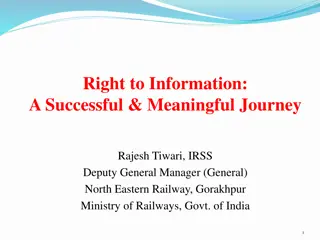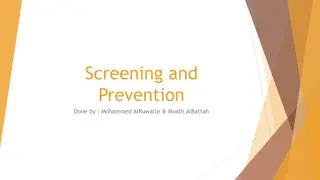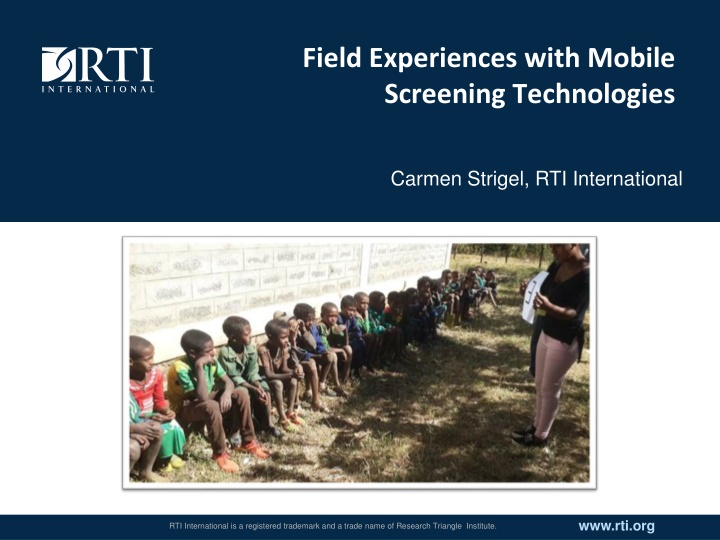
Field Experiences with Mobile Screening Technologies in Education
Explore the field experiences with mobile screening technologies in education, including screening processes for potential disabilities, use of screening devices in Ethiopia and the Philippines, hearing and vision screening tools, and key findings on adoption and effectiveness. Discover how technology has facilitated screening in educational settings for better identification and referrals of students with potential disabilities.
Download Presentation

Please find below an Image/Link to download the presentation.
The content on the website is provided AS IS for your information and personal use only. It may not be sold, licensed, or shared on other websites without obtaining consent from the author. If you encounter any issues during the download, it is possible that the publisher has removed the file from their server.
You are allowed to download the files provided on this website for personal or commercial use, subject to the condition that they are used lawfully. All files are the property of their respective owners.
The content on the website is provided AS IS for your information and personal use only. It may not be sold, licensed, or shared on other websites without obtaining consent from the author.
E N D
Presentation Transcript
Field Experiences with Mobile Screening Technologies Carmen Strigel, RTI International www.rti.org RTI International is a registered trademark and a trade name of Research Triangle Institute.
Context Ethiopia 2016/2017 USAID-funded READ TA activity 3,725 grade 2 students from 63 schools in 5 regions Baseline activity for 3-months intervention on teacher adoption of inclusive instructional practices in mainstream reading classrooms Philippines 2018 USAID-funded ACR Asia Task Order 1,232 grades 1 3 students from 8 schools in 2 regions Pilot study on teachers effective use of screening tools in school context; also compared to medical screeners and government-employed data collectors
What is Screening? Process conducted by a non-medical person to determine whether a student might have a potential disability. Does not result in, or replace, a medical diagnosis by a trained professional Screen only for some aspects of a potential disability Used to determine the need for referral and further evaluation Screening approaches, by definition, are rapid and simplified measures
Screening Devices Ethiopia local TENCO Android phones Philippines local Iconia Talk Android tablets
Hearing Screening hearScreen, SA Pure tone audiometric screening Screener-administered Default protocol sounds at 3 frequencies both right and left ear Clinically validated (Faheema et al., 2016) Proprietary tool Headset calibration to specific hardware
Vision Screening PeekVision, UK Vision acuity screening Screener-administered Already piloted in Ethiopia and several other countries in Africa and Asia Clinically validated (De Venecia et al., 2018) Proprietary tool
Field Experience Findings Significantly more children - already in school - were referred for having potential vision or hearing impairment than teachers, DPO, and MOE staff anticipated (Ethiopia) Technology-mediated tools were appropriate for both contexts and target groups Ethiopia endline: 70% of teachers reported having become very comfortable, 25% somewhat comfortable, with the screening tools Strong and easy adoption of vision screening tool among all types of screeners in both contexts Strong feasibility using the vision screening tool at schools in both contexts Good adoption of hearing screening tool among all types of screeners Requires more intensive training effort on software and logistics
Field Experience Findings Challenges with background noise for reliable hearing screening (context differences) Requires in-depth pre-testing of screening protocols and logistics Careful, context-specific consideration of socio-cultural aspects of screening activity Risks of labeling and stigmatization as a result of screening activity Parental consent and concerns Pathways for effective referral and concrete intervention Careful consideration of school-based screening activities to be purposeful and coupled with disability awareness initiatives Selection of screening tools type of disability to screen for purpose of the screening activity age of the child screening context resources available


